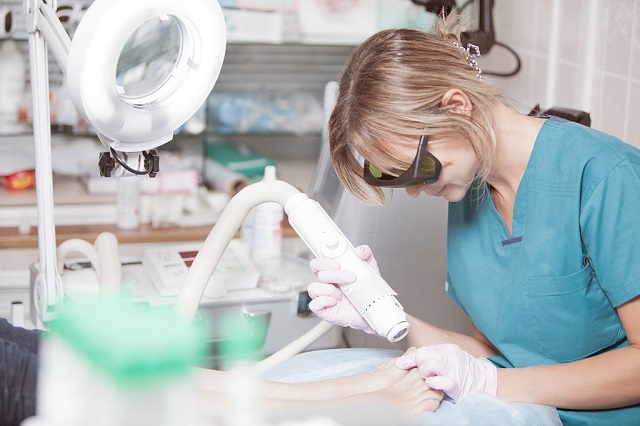Your home is your place of pride and you would like it to always look great. Drapes on windows add a special homely touch to the rooms, and if you have selected them with love and care, they look great with the rest of your décor. Now, when you have lovely drapes in your house, you also need to maintain them and have some kind of regular cleaning done. Dusty curtains take away the appeal of the room and become the breeding ground for germs as well. That way, they do not last long and cease to look their best. Today we will talk about some drape cleaning basics in this article.
 |
| Drape Cleaning |
Why should you keep your Drapes clean?
You may be asking yourself why you should go to the pain of cleaning your drapes. Let us find out why…
Drapes in the home or your office collect dirt, dust, pollutants, microorganisms, and sometimes even the smells of cooking and smoke. With time, the drapes start to take on a yellowish tinge and smell stale, especially if you have white or any light coloured drapes in the rooms. A faded set of drapes makes the room look dull and listless. More importantly, all the particles being deposited on the drapes can lead to allergies in the people who live or work in the rooms and result in respiratory problems.
How to do Drape Cleaning?
So now that you know about the purpose of having clean drapes, the next logical question is how you should go about it. Let’s take a look at some basic steps of cleaning drapes:
Drape Cleaning Using Washing Machine
You may be able to use a washing machine for drape cleaning, but it depends on the material you have used for making your drapes. Lightweight drapes can be cleaned in a machine, but not the heavy ones. Check the label for laundry instructions before plunking them into a wash cycle. If you can wash them, then:
- Use the delicate cycle of your washing machine or select a cool wash with a slow spin.
- Use normal laundry detergent.
- If the material has a tendency to shrink, you should hand wash it.
Draping Cleaning by Hand
Washing drapes by hand is the safest. Though it is a tough task, you will reduce any shrinking possibility, but try not to wash too heavy drapes by hand, because they retain water and take a long time to dry. To wash drapes by hand:
- Use normal clothes detergent or any special soap for delicate material.
- Follow the label instructions for hand washing, as it varies from material to material.
Steam Cleaning Drapes
The most convenient and simple way to clean drapes is to use a good steam cleaner that has an upholstery attachment. This is particularly applicable for heavy drapes. To do steam cleaning:
- Start from the top of the drapes and work your way toward the bottom.
- Hold the cleaner away from the drapes, if you see that they are getting wet.
- Read the user manual of the steam cleaner to use it properly.
- Steam can burn you, so wear some protective clothing.
Drying after Drape Cleaning
Now that you have cleaned your drapes, you also need to dry them. It is tempting to put drapes in the dryer but it is not advisable. The motion of the dryer can make creases in the material that even ironing will not be able to remove. Just hang the drapes outside, away from the direct rays of the sun, and in a place that has some breeze. In this way, the creases will fall out, and once you iron them, they are as good as new!
 |
| Drape Cleaning |
Drape cleaning is necessary for your health and the look of your rooms. If you feel that it is too much to do yourself, look up some good cleaning services and get it done professionally.






